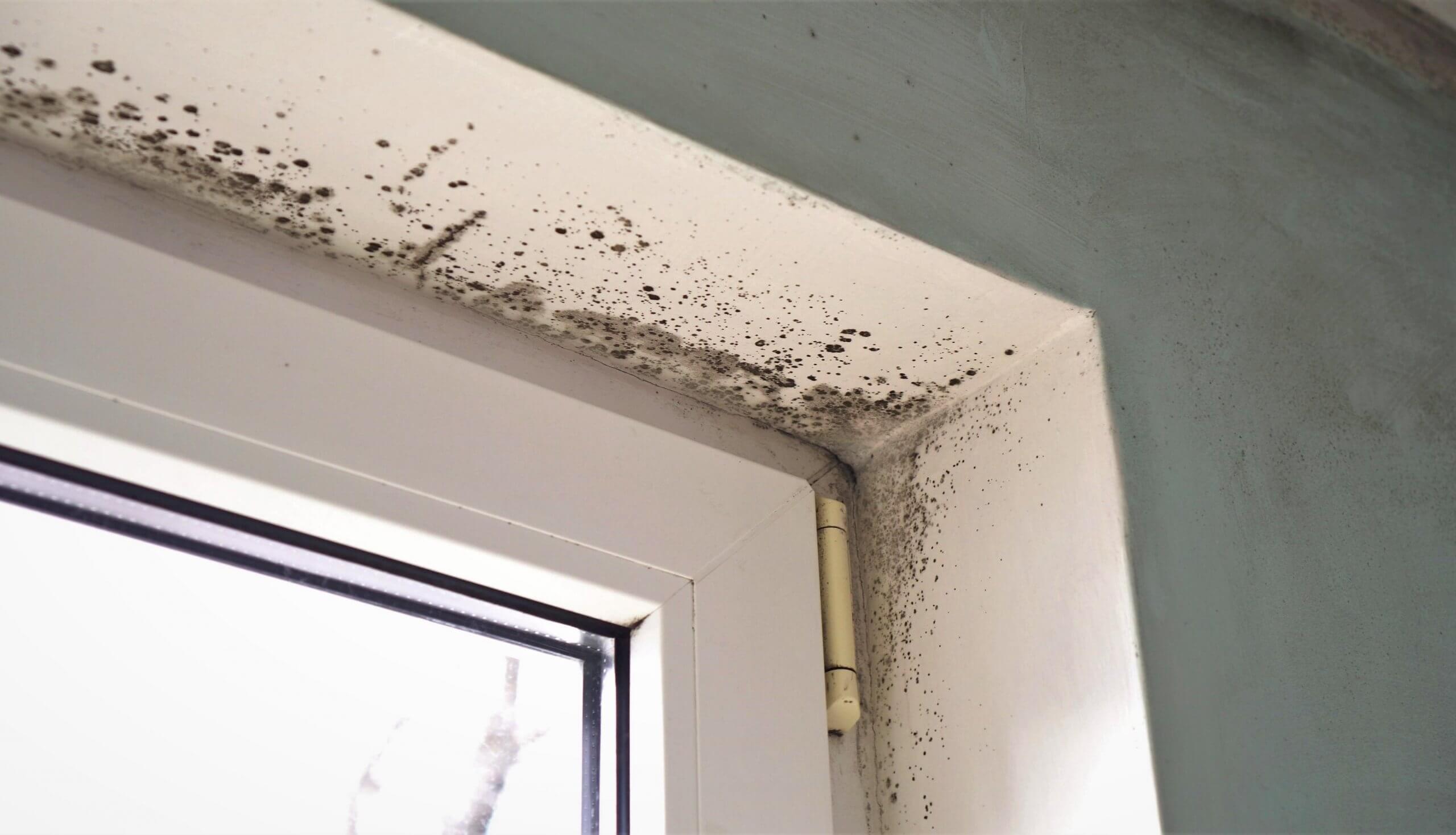While mold can develop nearly anywhere, certain areas of the home are more susceptible to mold issues due to the presence of moisture, limited airflow and other factors conducive to its growth (Li et al, 2019). Understanding locations that are prone to it can help prevent problems and identify issuesearly before remediation becomes more difficult (Centers for Disease Control and Prevention,2020).Here are the main areas within homes that tend to harbor mold:
Bathrooms
Bathrooms present an ideal environment for mold with their high humidity levels from showers and baths as well as infrequent airflow from enclosed designs(Kansas State University,2020). To prevent it, it’s important to:
- Keep surfaces dry by wiping down tile and walls after showers
- Run the exhaust fan or open the window during and after showers
- Clean mold-prone areas like grout, caulking and the shower curtain regularly
Basements
Dank, dark basements with concrete surfaces are a mold hotspot (Killian et al, 2020). Issues that enable basement mold include:
- Flooding or leaking pipes
- High humidity levels due to lack of airflow and moisture seeping from ground
- Little sunlight to inhibit its growth
Stay vigilant by inspecting for leaks, running a dehumidifier, and pulling stored items off floors.
Attics
Attics become moldy due to insulation trapping moisture that enters from leaks or condensation of warm, humid air on cold surfaces (Environmental Protection Agency,2020). Preventive steps include:
- Ensuring proper ventilation with soffit vents and gable vents
- Keeping insulation and wood framing away from heat ducts and pipes
- Checking for and repairing any water damage from storms or roof leaks
HVAC Systems
HVAC systems suffer from moist, air conditioning condensation that collects within insulated ducts and on cold coil surfaces. To minimize HVAC mold:
- Keep drain lines clear of debris for proper drainage
- Inspect and replace filters regularly
- Consider using a UV light air purifier to kill microbes within the system
In summary, homes harbor multiple prone areas due to issues such as moisture, limited airflow, lack of sunlight and organic matter for mold to feed on. Remaining diligent through early detection, moisture control strategies and prevention practices helps keep mold problems at bay within susceptible areas like bathrooms, basements, attics and HVAC systems.

